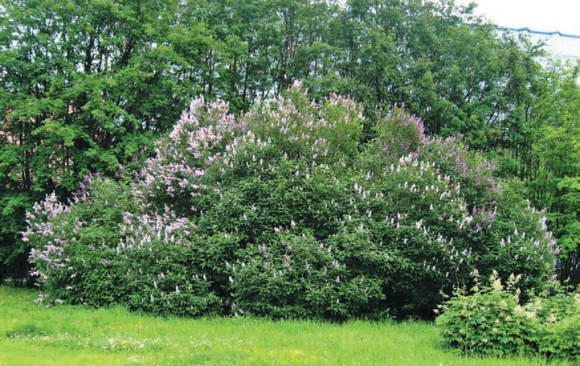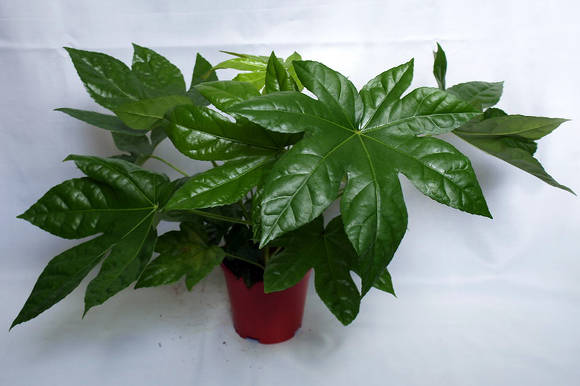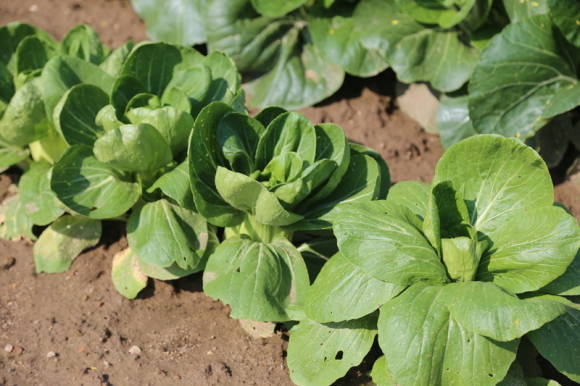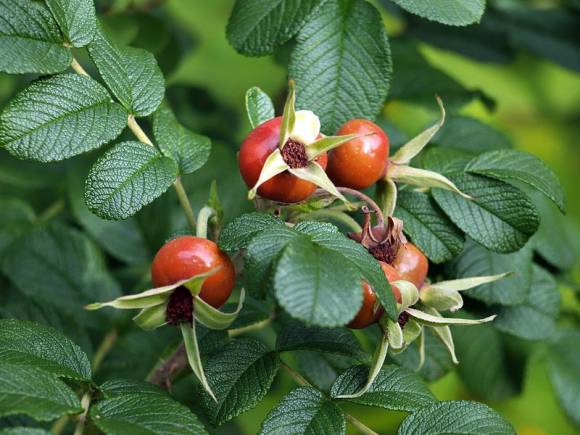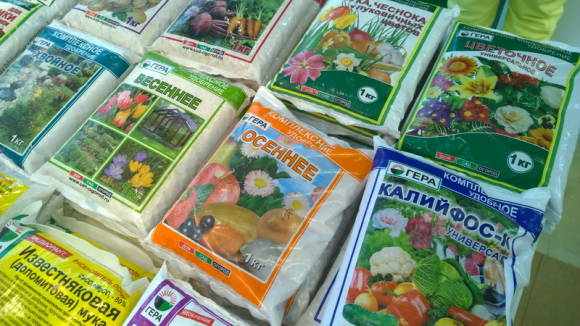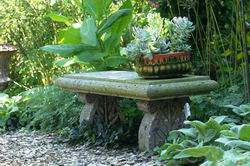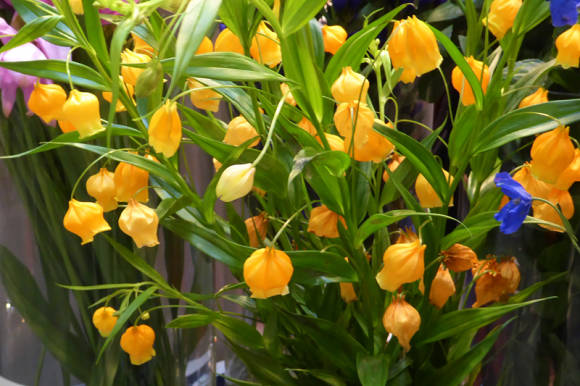About cultivated species and varieties of columbus - on the page Columbus.
The success of growing columnias, like other houseplants, begins with understanding where and how they grow in their natural environment. In the wild, these plants lead an epiphytic lifestyle, settling high on trees in humid and warm tropical forests. And at home, they also require bright light, good air circulation, a small amount of loose light soil, regular wetting followed by light drying of the substrate, and moderate heat all year round.
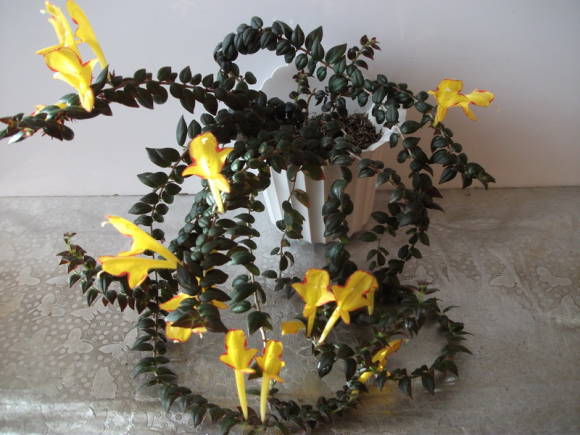 |
Lighting. Columnians need bright, diffused light for 12-14 hours a day. Avoid direct summer sunlight as this will burn the leaves. Many varieties grow and flower well under completely artificial light. In insufficient light, the shoots will grow long and thin, and flowering will be poor or not at all.
Temperature the content for the column is + 18 + 24оС. They do not tolerate heat well and are intolerant of cold. In winter, with a lack of light, you can slightly lower the temperature to + 16 ° C. Most species and varieties do not require a decrease in the air temperature in winter for flowering, but there are a number of varieties in which the setting of flower buds is stimulated by a decrease in the night temperature to + 12 ° C for a month.
Air humidity. These tropical epiphytes require moderate or high humidity. In a too dry environment, they are susceptible to spider mite damage. Spray the air near the plants regularly with warm water.
Watering should be carried out regularly and in moderation, without waterlogging and overdrying, always with lukewarm water (room temperature or a few degrees warmer). Watering with cold water can cause root disease, staining and dropping of leaves. Between waterings, the top layer of the soil should be allowed to dry out a little, but inside it should always remain slightly damp.
 |
Priming. As epiphytic plants, columnea should be grown in a light and loose substrate that will allow water to pass through well, despite the constant need for moisture in the roots. Such a soil can be prepared by mixing a commercially available peat substrate with perlite or vermiculite in equal proportions, or growing in coarse sphagnum. Columnians prefer to grow in small pots.
Top dressing applied from spring to autumn, preferably in small doses with each watering (dividing the monthly rate by the number of waterings per month). You can use fertilizer for violets or universal, reducing its dosage by 2 times. In addition to macronutrients (nitrogen, phosphorus, potassium), the fertilizer must also include microelements. Columnians by nature do not have a mandatory winter rest period, and if in winter they have enough light (artificial lighting is carried out) and warmth, then the fertilization rates remain the same. If in winter the plant is introduced into a forced dormant period (a decrease in the temperature of the content due to a lack of lighting), then feeding should be canceled.
 |
Reproduction varieties at home are carried out in a vegetative way, by rooting cuttings. To do this, use the apical or intermediate parts of the shoots about 5 cm long.Many varieties give roots well in water, others, with thicker fleshy shoots, are better rooted in a mixture of peat and perlite, in pure perlite or in peat tablets in spacious greenhouses (without spraying on leaves) or outdoors.
More details about grafting - in the article Cutting indoor plants at home.
Diseases and pests. Columnians can be affected by mealybugs, spider mites, thrips, scabbard, aphids.
About plant protection - in the article Houseplant pests and control measures.
When waterlogged or too cool, watering with cold water, columneas can be affected by fungal diseases, in which the roots rot and brown spots appear on the leaves. In this case, it is urgent to adjust the care and optimize the living conditions, and in case of root disease, it is better to root healthy cuttings.

